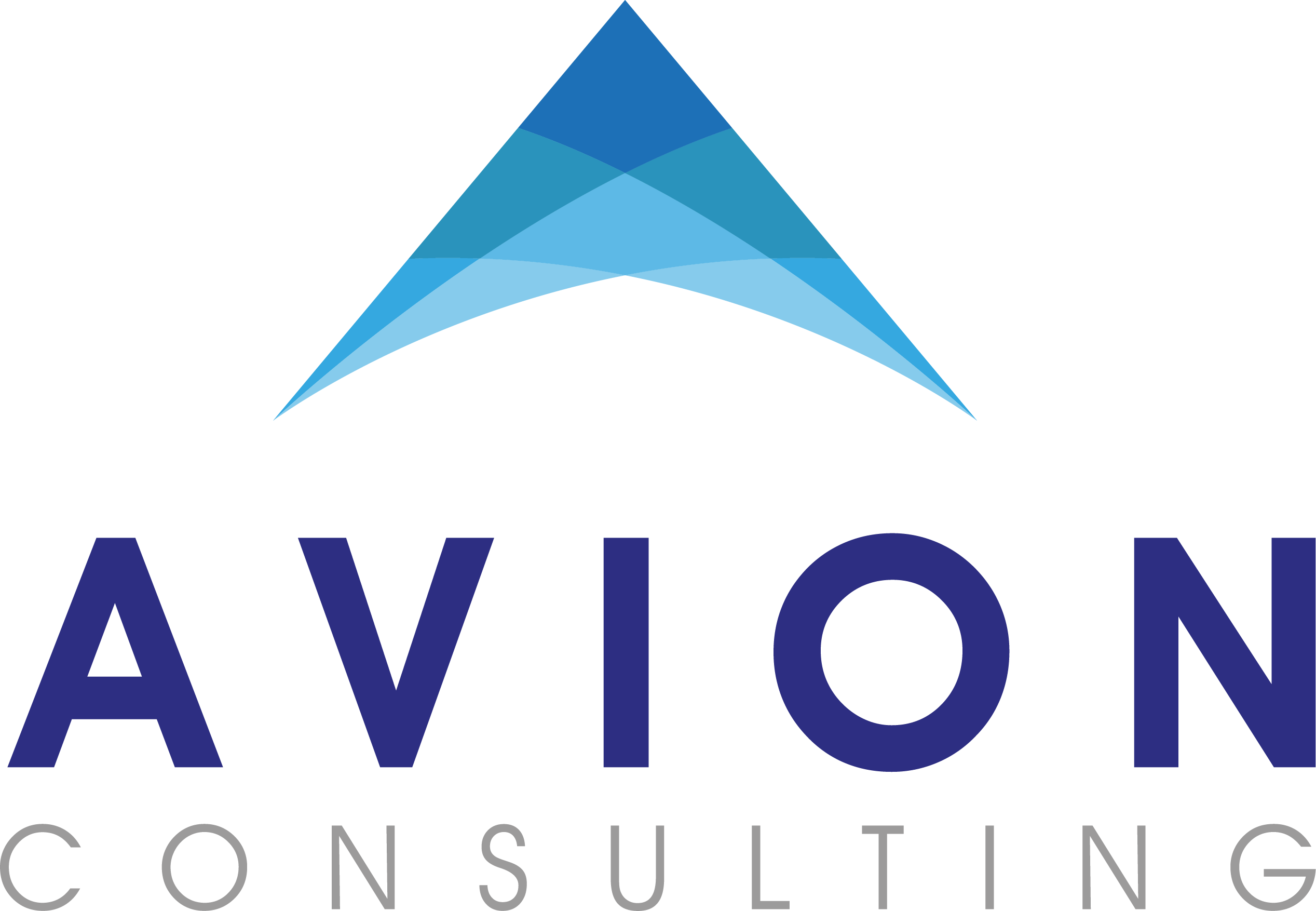Can something as simple as a personalized metaphor be used to overcome a leadership challenge? Our data, based on our two-year study of how leaders actually improve, suggests that metaphors are very instrumental in helping leaders remain focused on their key areas for development.
A metaphor can be defined as a figure of speech in which a word or phrase is applied to an object or action to which it is not literally applicable. A “guiding metaphor” provides leaders with a high degree of guidance about how to be more effective in a way that is condensed and personally meaningful. For the most improved leaders in our study, identification of a guiding metaphor offered an easy, memorable, and effective point of reference to keep in mind throughout one’s entire leadership development experience.
The Nature of a Guiding Metaphor
In our research, we found that a leader’s use of a metaphor was often a sub-conscious process that directed and sustained one’s development efforts. In addition, we discovered that many of the metaphors used by the most improved leaders in our study were well-worn phrases or even clichés. Interestingly, the creativity or uniqueness of the metaphor did not seem to have any impact on its utility. All of this has led us to conclude that the primary value of a guiding metaphor is that it helps a leader to develop an enduring mental image of his or her central issue, which keeps the leader from falling back into old patterns and habits.
For example, one of the most improved leaders in our study used the metaphor, “I just needed to learn to stop giving people the answers to the test.” He was, of course, not literally giving people answers to a test. He was referring to feedback he received which indicated that his natural leadership style was to tell people what they should do when confronted with a problem or challenge. This leader needed to avoid being overly directive, and using this guiding metaphor helped him to keep this issue front-of-mind and not engage in his more natural but admittedly less effective behavior.
Metaphors and Common Leadership Challenges
In our work with thousands of leaders over the years, we have identified some common issues for leaders. In the following paragraphs, we share a few of these leadership challenges and the guiding metaphors that helped our most improved leaders stay focused on their key challenges and identify strategies for development.
1. Micro-managing (or “Being too far in the weeds”): One issue many leaders grapple with is micro-managing. One of our most improved leaders, when asked what he focused on over the course of the leadership development program he was involved in, said, “I needed to get out of the weeds.” The meaning of the metaphor, in his words, was, “I don’t need to be involved in every aspect of a project, and I shouldn’t be.” He added that he “should be more focused on establishing a larger direction.” The metaphor “get out of the weeds” served to raise this leader’s awareness about his central issue and the required actions for improving his effectiveness.
2. Lack of Direction (or “Not Having a tight enough rein”): The challenge area which represents the other end of the spectrum from micro-managing is providing too little direction. In this instance, the metaphor “not having a tight enough rein” appeared in feedback a leader received and she latched onto it. In her words, “I kept this metaphor in mind as I continued meeting with my direct reports.” Thus, while sometimes it is the leader him or herself who identifies the guiding metaphor, in other cases it appears in one’s feedback and the phrase is so personally meaningful that it strikes a chord with the leader and propels him or her to act on it.
3. Providing Effective Feedback (or “Not piling on”): Coming across as intimidating can be problematic for leaders. When one such leader showed marked improvement in this area, he attributed his success to staying focused on a single issue when delivering messages, rather than “piling on.” When he heard himself using the phrase “and another thing”, it was a signal he was about to “pile on” and overwhelm the person to whom he was delivering feedback. By focusing on a single issue and keeping this key metaphor front-of-mind, his messages were received in a more positive and helpful manner.
4. Leadership Presence (or “Practicing as if I’m going to sing”): One of our leaders received feedback suggesting he needed to improve his leadership presence when making presentations. His metaphor became, “practicing as if I’m going to sing.” As an accomplished vocalist, this leader reflected on how diligently he prepared whenever he had to sing in front of a crowd. He now prepares for every presentation with the same level of thoroughness. This metaphor served as a vivid, mental picture upon which this leader could focus to ensure his presentations were as effective as his prior singing performances.
5. Self-Management (or “Opening up the soda can”): Sometimes, guiding metaphors provide a visual representation that speaks to leaders. One leader identified the following metaphor to help increase composure and timing: “When I get angry, it’s like shaking and then immediately opening a soda can.” The work with this leader involved “waiting longer to open the soda can.” This memorable, visual representation of the leader’s central issue translated into developing behavioral strategies, like waiting until the next day to respond to colleagues who had frustrated him.
Have you identified your Guiding Metaphor?
This article highlights the influence of a guiding metaphor on one’s improvement as a leader. To summarize, a powerful guiding metaphor changes not only the way a leader thinks about what he or she is working on, but also the way the leader feels about it. The emotional aspect of a guiding metaphor acts as a powerful motivator for driving change. In this article we’ve highlighted some common guiding metaphors we’ve heard leaders adopt to focus their development. However, these are shared for illustrative purposes only. We hope that reading these examples has led you to reflect on your leadership development goals and on how a memorable guiding metaphor might be used to guide your development journey.
This is the fourth installment of the 10 insights derived from How Leaders Improve, a book written by @Avion Consulting Partners @John Gates, @Jeff Graddy, and @Sacha Lindekens.” The book is due to be published Fall of 2017. These 10 insights are designed help you to determine how you can improve as a leader, or help your team members develop their leadership effectiveness.



